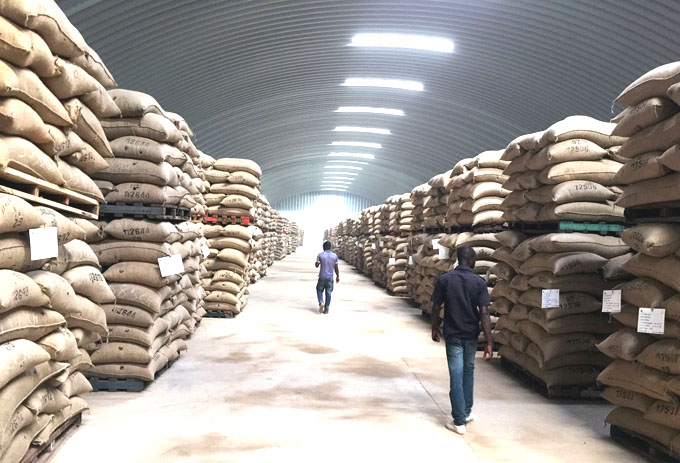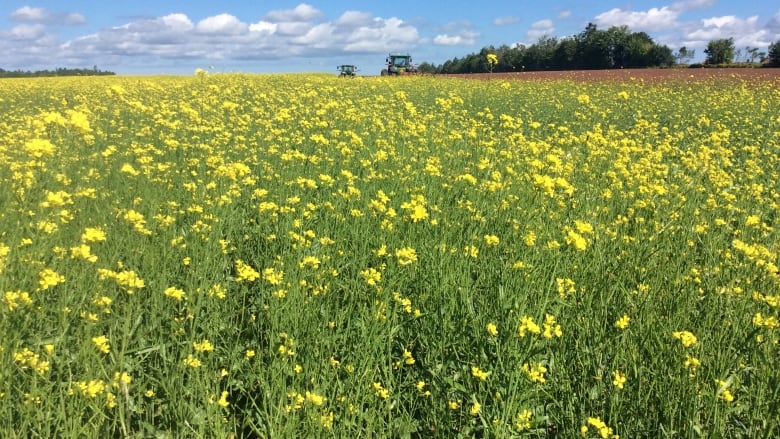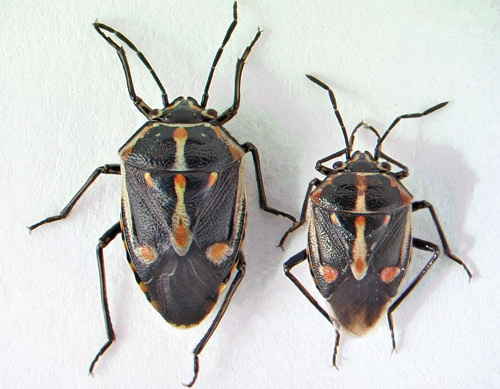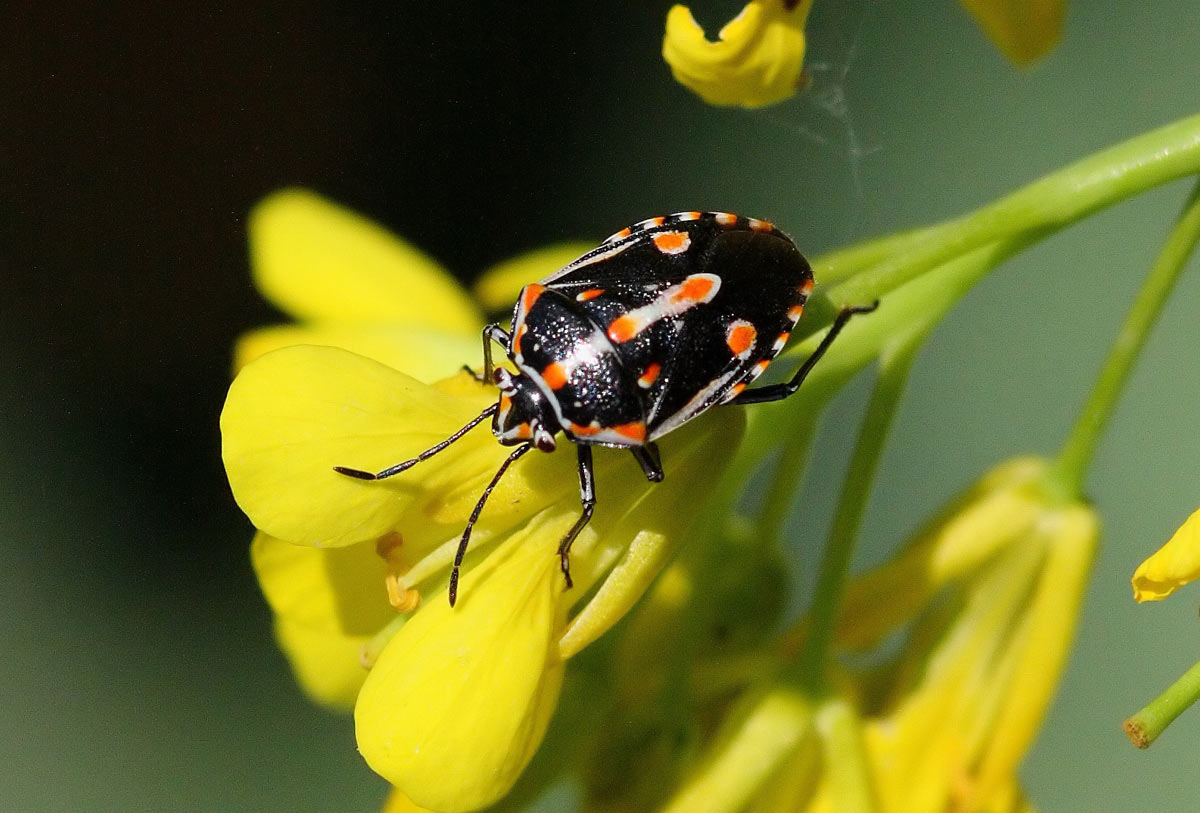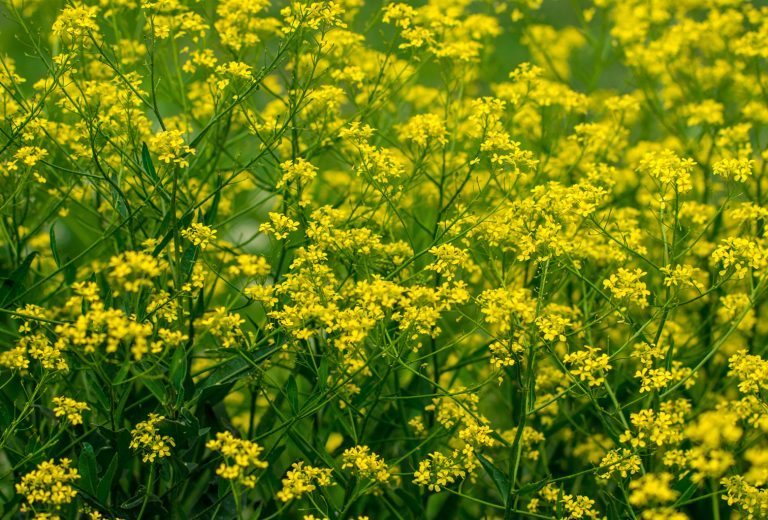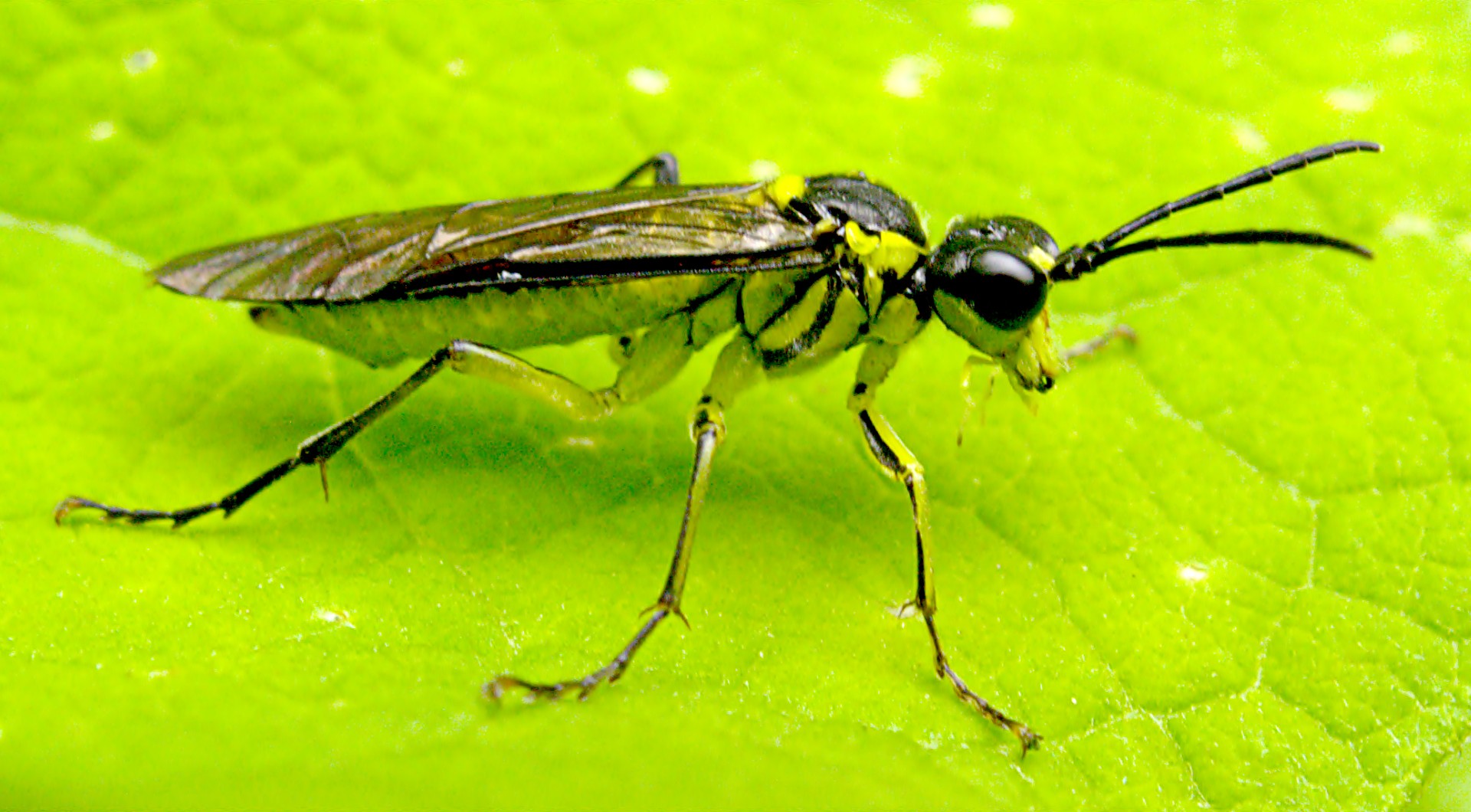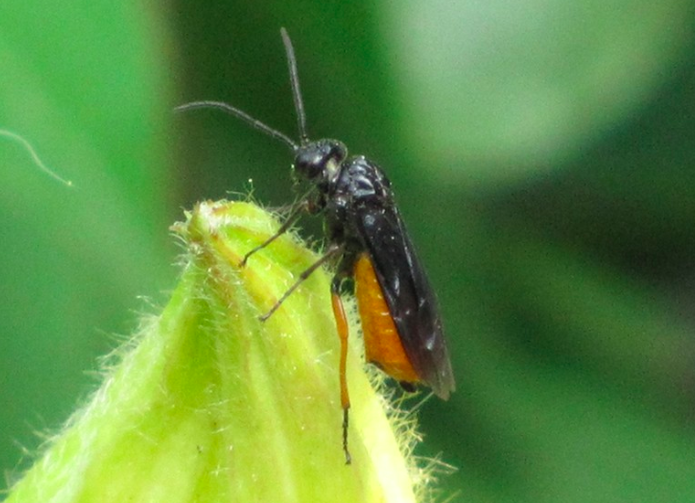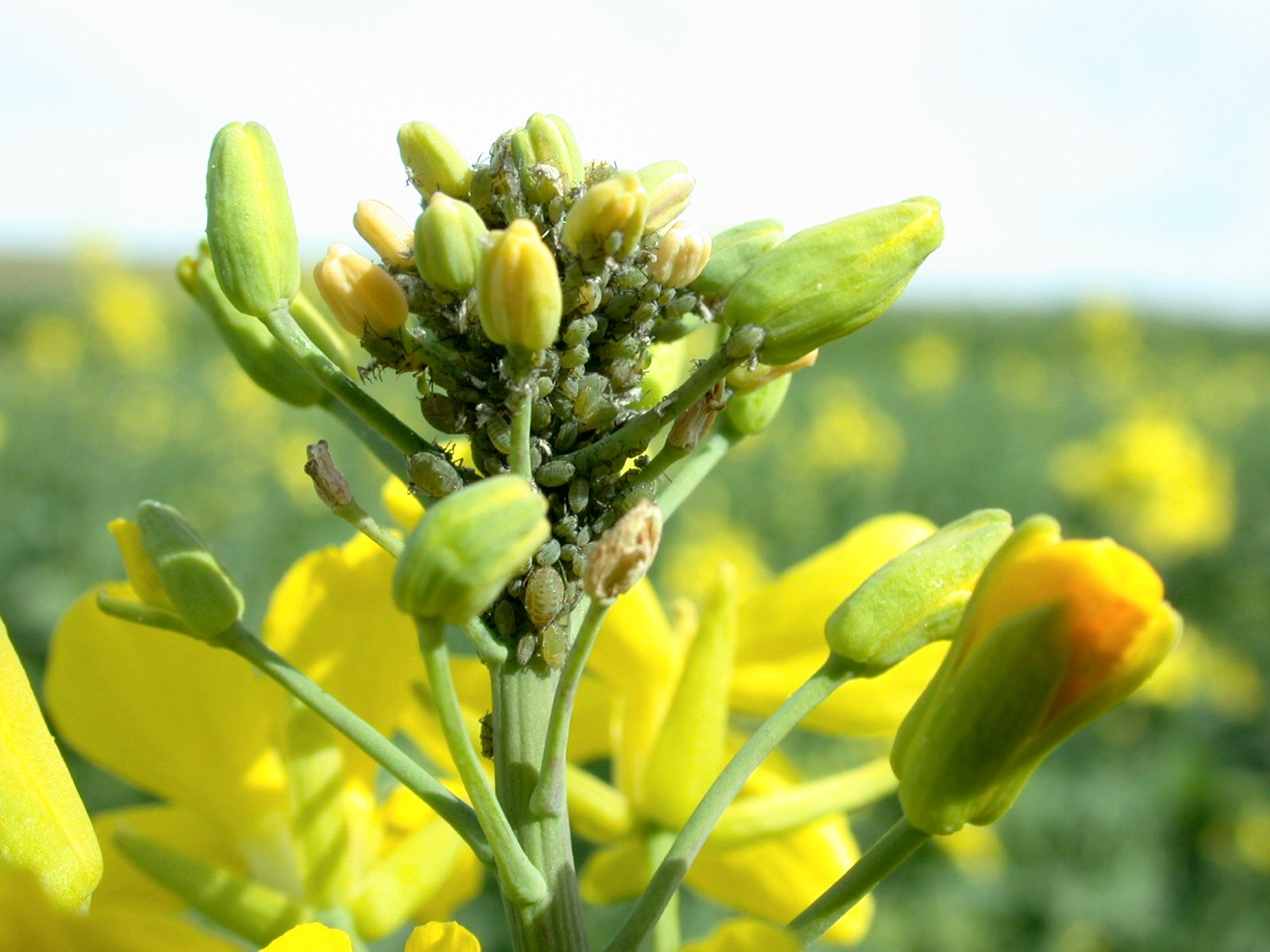In Madhya Pradesh, procurement of gram, lentil, and mustard at the minimum support price is currently in progress and the last date of this process has now been extended to 29 July. Previously, the last date for procurement by the Agriculture Department was kept on 15 June which has now been extended.
Along with this, it has also been told that now the purchase will be made only from the farmers called by sending SMS. The purpose of doing this is to make storage arrangements simultaneously. On this issue, the state agriculture minister Kamal Patel has appealed to the farmers to keep their crops at home. Every grain of registered farmers’ produce will be purchased.
It is worth noting that so far six lakh 58 thousand tonnes of gram has been purchased in Madhya Pradesh at the support price and farmers have been paid Rs.3,700 crore as its value. Explain that this purchase process was started from May 29 and it will run for 90 days.
Source: Nai Dunia
Share
